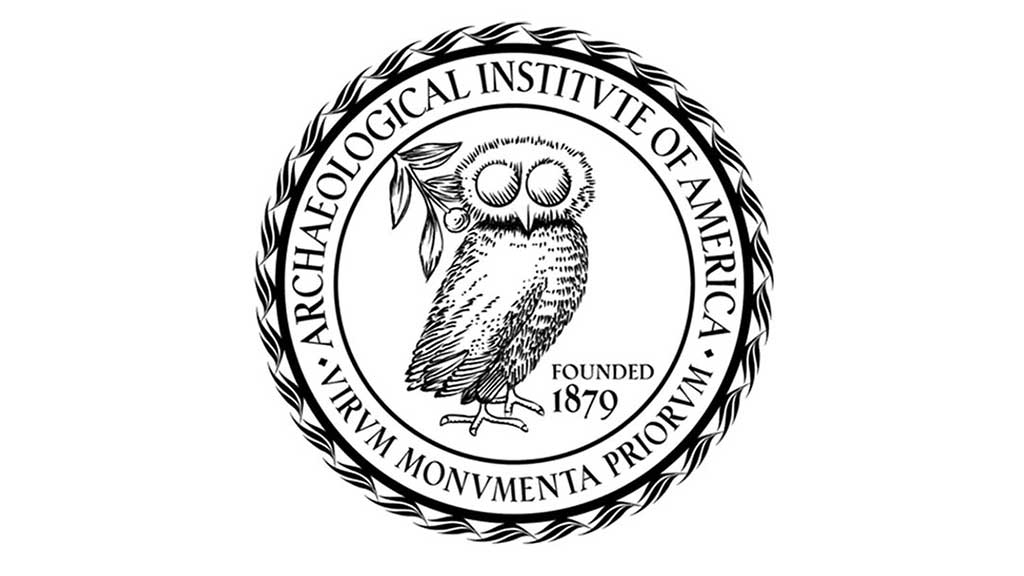
Talk: "Hittite Past, Water Cult, and the Archaeological Landscapes of South Central Anatolia" by Ömür Harmanşah
- Event Date: Sunday, September 9, 2018
- Time: 3:00 pm (CDT)
- Location: Knight Auditorium, Spurlock Museum, 600 S. Gregory St., Urbana, IL
- Cost: Free Admission
Part of the Archaeological Institute of America Lecture Series
In the last few centuries of the Hittite Empire, the karstic watery landscapes of Beyşehir and Çavuşçu Lake Basins to the west of the Konya Plain witnessed the construction of two prestigious, imperially sponsored monuments at prominent springs in the rural countryside. Tudhaliya IV’s monumental pool complex at Yalburt Yaylası near the Çavuşçu Lake featured a lengthy commemorative inscription of the king, linking the site to Tudhaliya’s militaristic discourse. In contrast to this politically charged monument, the uninscribed but visually and architecturally more elaborate pool at Eflatunpınar by the eastern shore of Beyşehir Lake performs a mimetic representation of a mountain spring in its complex iconography and a cosmic reconstruction of the divine world. Why were these two impressive structures built in the midst of the countryside and in the margins of the core of the empire? A close comparison of the two monuments is presented from the point of view of their local landscape context, their architecture and their iconographic/textual content to demonstrate how the two monuments carried traces of the cultural imagination of specific sacred landscapes. Supported by evidence from other archaeological contexts such as the Südburg Sacred Pool Complex at Hattuša/Boğazköy and the broad corpus of Hittite texts, Harmanşah argues that Hittite practices of building ritual monuments at sacred spring sites relate to the cult of “Divine Road of the Earth” which provided a vital, sustained communication with the underworld, the world of ancestors and divinities. The architecture of these structures established a powerful mimetic relationship with specific geological features such as caves and springs, which then further evoked powerful places in the remote rural landscapes. The contextual and comparative study of Yalburt Yaylası and Eflatunpınar spring monuments further reveal the nature of Hittite politics of landscape that involved the appropriation of local practices and sites of veneration as well as imperial interventions to frontier landscapes. Evidence from the first four seasons of the Yalburt Yaylası Archaeological Landscape Project (2010–2013) illustrates such dynamics of interaction between local communities and imperial power structures.
This talk is organized by the Central Illinois Society of the Archaeological Institute of America.Contact
For further information on this event, contact the Museum Information Desk at spurlock-museum@illinois.edu (email link) or (217) 333-2360
For further information, contact Jane Goldberg.
All are welcome. To request disability-related accommodations for this event, please contact Brian Cudiamat at cudiamat@illinois.edu (email link) or (217) 244-5586.